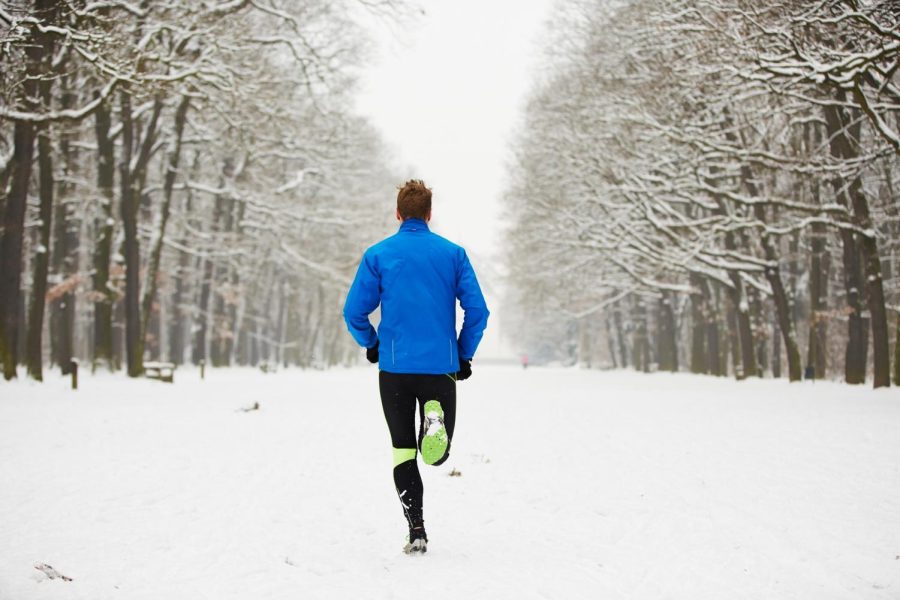Runner’s Guide: Dressing for the cold
October 19, 2022
As winter fast approaches it’s important to know some tips and tricks about running in the brisk Minnesota air. Running is a year-round sport and it’s important to prepare for the changing conditions. Ensuring you are warmed up and covering up your finger, toes, and head are crucial. The correct gear when it comes to layering, moisture management, and insulation are much more important than one may think. When it comes to gear there are certain things to keep in mind.
Winter Running Shoes: Protecting your feet from the cold, wet, slushy conditions is a very important factor. Traction for running on the ice can be found in shoes with deep indentations and patterns and can help grip the slush and snow and provide stability. There are numerous brands out there that offer water resistant and completely water proof shoes.
Hat: About 40% of body heat is released from the head and neck and therefore it is a crucial to understanding how to dress accordingly. A headband that covers the ears can keep your ears warm while also allowing your head not to overheat. Hats can be made from numerous breathable fabrics such as fleece or other stretchy material. Neck gaiter may also be helpful. While keeping your neck warm it can also be pulled up to protect your face from windburn. Additionally, it can regulate the temperature and moisture level of the air coming in and out of your lungs.
Gloves: Unless it is subzero, light weight, thinner, running gloves should be plenty for keeping your fingers warm and not sweaty. Mittens vs gloves doesn’t have a significant impact as long as the hands are remaining dry. Different styles, materials, colors, reflective material, and water resistance are all factors that provide countless of brands out there to choose from.
Socks: Just like gloves, warm and dry is the goal. Even with good shoes your toes can still be affected. Ankle high, wicking material that is light to medium weight should work perfectly. What you don’t want do is layer up on the socks. It can create and trap moisture and also mess with the wicking ability of the base pair. Doubling up on socks has the benefit of the lesser likelihood of blistering so if that’s your goal, then watch the thicknesses of the socks so that sweating of the feet is kept to a minimum.
Base layer: It is completely personal preference whether you light a skin tight or looser base layer. The main thing is that it is made from a breathable and moisture-wicking material. This can either be a wool or polyester material.
Jacket: The main priority of the jacket layer is to protect from the cold and wind. There are many moveable wind breaking jackets out there that can also keep you warm. They are best found when categorized as water-proof, water-resistant, wind-resistant, and stretchy material. As with most of the gear, you have to find what you personally like. This includes pockets vs no pockets, hood vs no hood, reflective trill vs none, etc.
At the end of the day, you have to do what’s most comfortable for you.
As the tempertures contunie to drop and the wind picks up it is important to have the knowledge of how to dress when getting ready for a nice brisk run in the cold. In these cold conditions our bodies naturally redirect blood flow toward our core to keep our organs warm. As a result, our extremities, the fingers and toes, get cold quickly and easily. This is why as winter approaches, we must dress accordingly, especially when going for a run for both safety and comfort.












